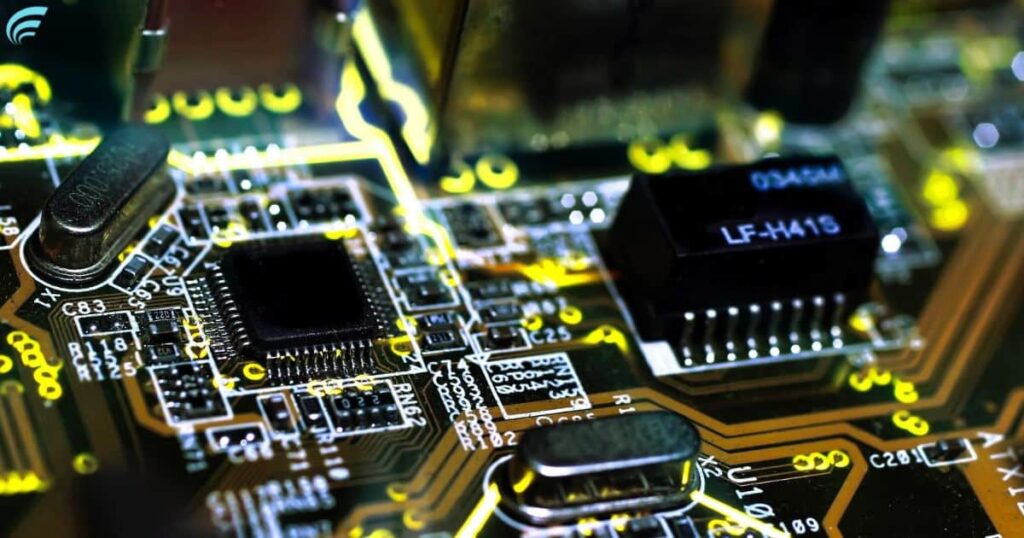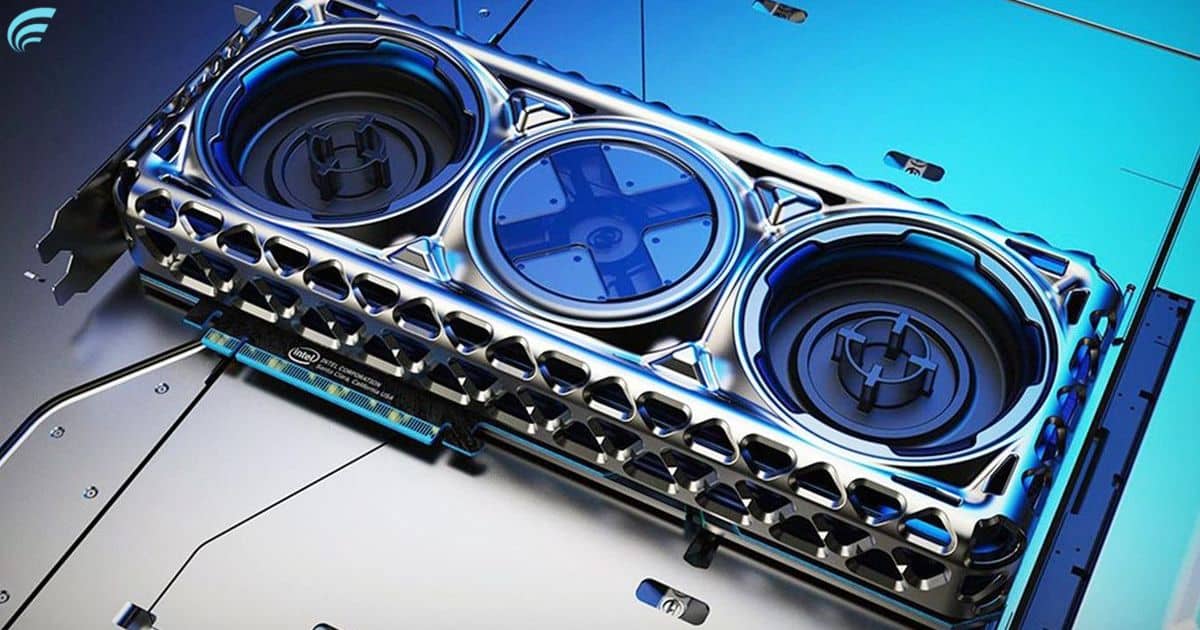Are you looking to sell your graphics card, but unsure of where to start? Look no further! This article will provide you with all the information you need to successfully sell your graphics card in a competitive market. From determining the market value to safely packaging and shipping your product, we have you covered. Whether you’re a seasoned seller or a first-timer, this guide will equip you with the knowledge and skills to make a successful sale.
Key Takeaways
- Thorough research and analysis is necessary to accurately determine the market value of the graphics card.
- Cleaning and testing the graphics card is important to ensure its performance and functionality before selling.
- Choosing the right selling platform requires considering the target audience, reputation of platforms, and selling fees and policies.
- Taking high-quality photos and writing a compelling product description are crucial for attracting potential buyers and highlighting the graphics card’s features and benefits.
Determine the Market Value

To accurately determine the market value of a graphics card, it is essential to conduct thorough research and analysis. This process involves researching competitors and determining the demand for the specific graphics card in question. By researching competitors, one can gain insights into their pricing strategies and understand how their products compare to the one being evaluated. This information allows for a better understanding of the market dynamics and helps in setting a competitive price. Additionally, determining demand is crucial as it provides insights into the level of interest and potential buyers for the graphics card. Factors such as the latest gaming trends, technological advancements, and consumer preferences should be considered when assessing demand. By conducting comprehensive research and analysis, one can accurately determine the market value of a graphics card.
Clean and Test Your Graphics Card
How can you effectively clean and test your graphics card? Proper graphics card maintenance is essential to ensure optimal performance and prevent potential issues. To clean your graphics card, start by turning off your computer and removing the card from its slot. Use compressed air to blow away any dust or debris from the card and its fans. Avoid using liquid cleaners as they can damage sensitive components. Once cleaned, reinsert the graphics card securely into its slot and power on your computer. To test your graphics card, you can use various software tools such as FurMark or 3DMark to benchmark its performance and check for any abnormalities. If you encounter any issues, troubleshooting graphics card problems may involve updating drivers, checking for overheating, or contacting technical support for assistance.
| Step 1 | Step 2 | Step 3 |
|---|---|---|
| Turn off computer | Remove graphics card from slot | Use compressed air to clean |
| Avoid liquid cleaners | Reinsert graphics card securely | Power on computer |
| Use software tools to test performance | Troubleshoot any issues | Seek technical support if needed |
Choose the Right Selling Platform
One crucial step in selling a graphics card is selecting the appropriate selling platform. The right platform can greatly impact the success of your selling strategies and customer satisfaction. Here are three key factors to consider when choosing the right selling platform:
- Target audience: Identify the platform that your target audience is most likely to use. Research popular platforms among gamers and tech enthusiasts to maximize your reach.
- Reputation and trustworthiness: Look for platforms with a good reputation and positive customer reviews. This will help build trust with potential buyers and increase the likelihood of a successful sale.
- Selling fees and policies: Consider the fees and policies of each platform. Some platforms charge a percentage of your sale price, while others have listing fees. Make sure to choose a platform that aligns with your budget and selling goals.
Take High-Quality Photos of Your Graphics Card

When marketing your graphics card, capturing high-quality photos is essential for attracting potential buyers and showcasing the product’s features effectively. To ensure that your graphics card stands out in the marketplace, it is crucial to employ proper lighting techniques when photographing it. Natural light is ideal but can be difficult to control, so using a lightbox or softbox can provide consistent and even lighting. Additionally, consider using a macro lens to capture intricate details and textures. Once you have taken the photos, editing them can further enhance the graphics card images. Adjusting the brightness, contrast, and saturation can make the colors pop and highlight the card’s design. However, be careful not to overdo it and maintain a realistic representation of the graphics card. By investing time and effort into capturing and editing high-quality photos, you can present your graphics card in the best possible light and attract potential buyers.
Write a Compelling Product Description
Craft a compelling product description that highlights the key features and benefits of your graphics card.
- Product Features:
- High-performance graphics processing unit (GPU) for smooth and immersive gaming experiences.
- Advanced cooling system to prevent overheating and maintain optimal performance during intense gaming sessions.
- Cutting-edge technology for realistic graphics rendering and lifelike visuals.
- Unique Selling Points:
- Enhanced compatibility with the latest gaming software and hardware, ensuring seamless gameplay.
- Streamlined design for easy installation and integration into any gaming setup.
- Extensive connectivity options for multiple displays, enabling a truly immersive gaming experience.
Set a Competitive Price for Your Graphics Card
Determining the optimal pricing strategy for your graphics card is crucial in attracting potential buyers and staying competitive in the market. To set a competitive price, it is essential to thoroughly research your competitors’ prices. Look for similar graphics cards being sold and analyze their pricing strategies. Consider factors such as the card’s condition, age, and performance to gauge its value accurately.
Once you have an idea of the market value, you can negotiate the price with potential buyers. Be open to reasonable offers and try to find a middle ground that satisfies both parties. Keep in mind that setting a price too high may deter buyers, while setting it too low may lead to undervaluing your card.
Now that you have determined a competitive price for your graphics card, the next step is to safely package and ship it to the buyer.
Safely Package and Ship Your Graphics Card
To ensure a secure and damage-free delivery, it is crucial to carefully package and ship your graphics card. Here are some key points to consider:
- Packaging Materials:
- Use an anti-static bag to protect the card from electrostatic discharge.
- Place the card in a sturdy cardboard box with ample padding to prevent movement during transit.
- Include bubble wrap or foam inserts to provide extra cushioning.
- Shipping Methods:
- Choose a reputable shipping carrier that offers tracking and insurance options.
- Opt for a shipping method that ensures quick and reliable delivery.
- Consider using expedited shipping for valuable graphics cards to minimize transit time.
Follow up With the Buyer and Leave Feedback
After safely packaging and shipping your graphics card, it is important to follow up with the buyer and leave feedback to ensure a successful transaction. Follow-up etiquette plays a crucial role in building trust and maintaining good communication with the buyer. It shows your professionalism and commitment to customer satisfaction. Take the initiative to contact the buyer after they receive the graphics card to ensure that everything is in order and that they are satisfied with the purchase. This not only gives them an opportunity to address any concerns or issues but also allows you to provide additional assistance if needed. Leaving feedback is equally important as it helps other potential buyers make informed decisions. By sharing your experience, you contribute to the community and foster a sense of belonging among fellow buyers and sellers. Remember to be honest, fair, and concise in your feedback, highlighting the positive aspects of the transaction while addressing any areas for improvement.
FAQ’s
Is It Necessary to Clean and Test My Graphics Card Before Selling It?
Before selling a graphics card, it is essential to clean and test it. The cleaning process ensures optimal performance and prevents any potential issues. Testing methods help verify its functionality, providing confidence to potential buyers.
How Do I Choose the Right Selling Platform for My Graphics Card?
When choosing a platform to sell your graphics card, it is important to consider factors such as user base, seller protection, and fees. Research various platforms, compare their selling strategies, and select the one that aligns best with your needs.
What Are Some Tips for Taking High-Quality Photos of My Graphics Card?
When aiming to capture high-quality photos of a graphics card, it is essential to consider composition techniques and lighting setup. By applying these principles, one can achieve visually appealing and detailed images.
How Can I Write a Compelling Product Description to Attract Potential Buyers?
Writing effective product descriptions is crucial for attracting potential buyers. By targeting the right audience and using unbiased, informative, and analytical language, you can create compelling descriptions that resonate with your target market and increase your chances of making a sale.
What Factors Should I Consider When Setting a Competitive Price for My Graphics Card?
When setting a competitive price for a graphics card, it is important to consider factors such as the card’s specifications, age, brand reputation, market demand, and the prices of comparable cards.
Conclusion
In conclusion, selling a graphics card requires careful consideration and attention to detail. By determining the market value, cleaning and testing the card, choosing the right selling platform, taking high-quality photos, writing a compelling product description, setting a competitive price, and safely packaging and shipping the item, sellers can maximize their chances of a successful sale. Just like a skilled conductor leading an orchestra, these steps harmoniously come together to create a smooth and satisfying selling experience. Learn more “Best White Graphics Card“











